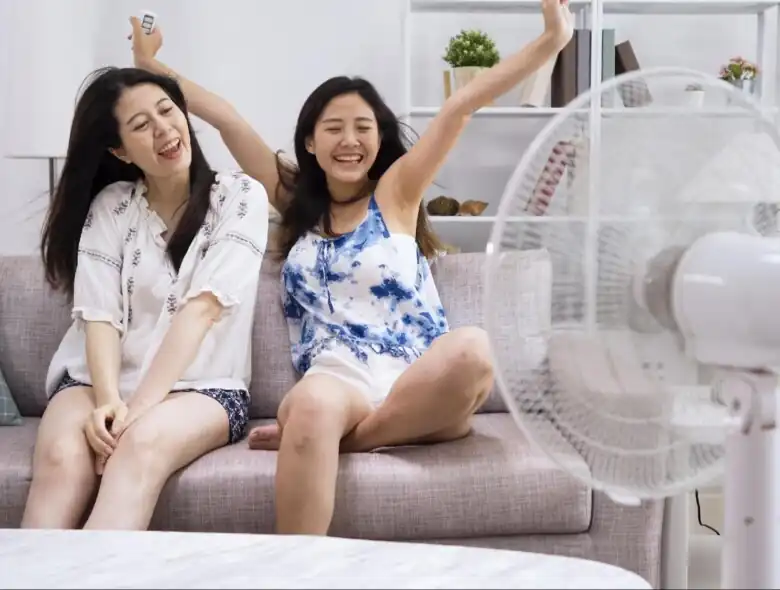In recent years, summer temperatures have often exceeded 30 degrees Celsius, with some days climbing to a blistering 35 degrees or higher. As the mercury rises, air conditioning struggles to keep up, and the risk of heatstroke becomes a serious concern.
In this article, we’ll explore why rooms heat up and provide six practical tips for creating a cooler, more comfortable living space. Use these strategies to beat the heat and stay cool during the year’s hottest months.
Village House offers a range of great, affordable properties across Japan. If you’re considering relocating, visit our website to find your perfect new home.
Why is your room so hot?

- Strong summer sunlight streamed into the room
In summer, the angle of sunlight is closer to a right angle compared to winter, causing the surface temperature to rise more easily and making the heat feel more intense. This direct sunlight heats the room’s walls and ceiling, which in turn raises the overall temperature inside. As a result, the heat becomes trapped within the room, making it feel warmer throughout the day.
- Heat gets trapped in the room
Rooms are designed to be sealed by roofs and walls, which can trap heat inside. Even after sunset when the outside temperature drops, the heat accumulated during the day remains trapped indoors.
Additionally, heat emitted by home appliances like computers and refrigerators can further elevate the room temperature. To mitigate this, consider turning off appliances that are not in use.
- High Humidity
Have you ever noticed how hot and stuffy it feels when you open your front door in the evening? If you leave the room closed, not only the heat but also the humidity will be trapped, making it like a steam bath. Even if the temperature remains constant, high humidity can make the room feel much hotter and more uncomfortable than the outside air.
Tip #1 for creating a cool room: Block out the sunlight
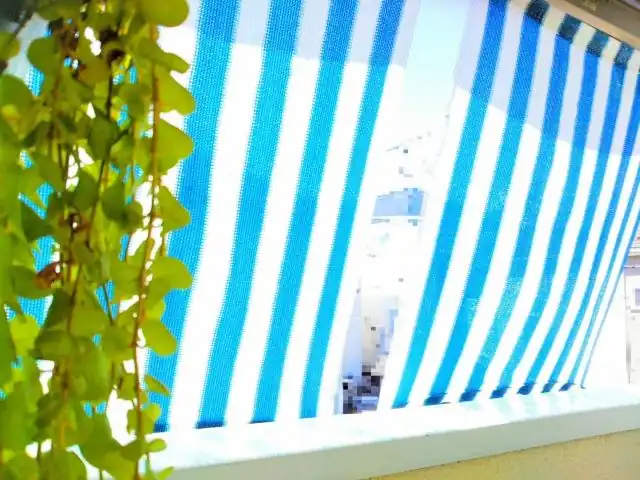
Sunlight streaming through windows can significantly raise a room’s temperature. While lace curtains offer minimal protection against heat, thick curtains can block sunlight effectively but may reduce ventilation.
To address this, we recommend using heat-blocking curtains. These curtains not only prevent direct sunlight from entering but also reduce heat transfer through the windows, helping to keep the room cooler.
Another effective solution is to install blinds, sunshades, or awnings. These external installations block hot sunlight and create an insulating air layer between the window and the exterior. This setup helps reduce the amount of heat that enters the room.
Additionally, these solutions act as screens, allowing you to keep your curtains open for ventilation while maintaining privacy and preventing outsiders from peeking in.
Tip #2 for creating a cool room: Opt for LED lights
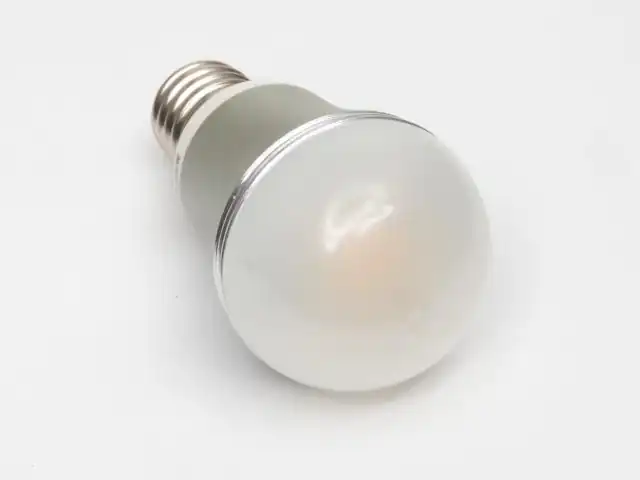
Switching from incandescent bulbs to LED bulbs can help keep your room cooler. LED bulbs emit light at a lower temperature compared to incandescent bulbs.
With incandescent bulbs surface temperature reaches a high temperature of 100 to 180°C, but an LED bulb stays at about 50°C. In other words, LED light bulbs can help reduce the increase in room temperature and mitigate the feeling of heat in the room.
In addition to their cooling benefits, LED bulbs are more energy-efficient and cost-effective. They use about 0.23 yen per hour of electricity. In an annual comparison, fluorescent lights cost approximately 995.72 yen, and incandescent bulbs around 5,159.64 yen, whereas LED bulbs only cost about 660.8 yen. Thus, switching to LED lighting helps reduce room temperature and significantly lowers electricity bills.
Reference: Panasonic “LDA7LGEW”
Tip #3 for creating a cool room: Ensure proper ventilation
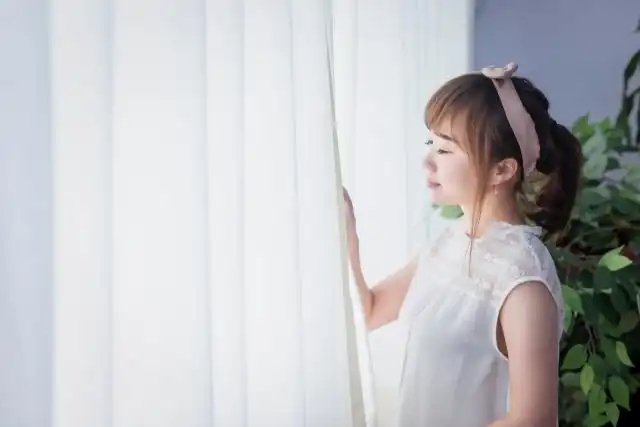
Improving ventilation is a key strategy for preventing heat buildup in your room. If you keep the room closed off because it’s hot, the heat will have no place to escape. To combat this, block direct sunlight from entering during the day and open the windows for ventilation, especially early in the morning or the evening after the sun has set.
When you return home to a hot room, open the windows to let out the accumulated heat and humidity. Instead of immediately turning on the air conditioner, it’s more effective to first ventilate the room. This approach helps to remove excess heat and humidity, making the room cooler and allowing your air conditioner to work more efficiently.
Tip #4 for creating a cool room: Choose linen fabrics
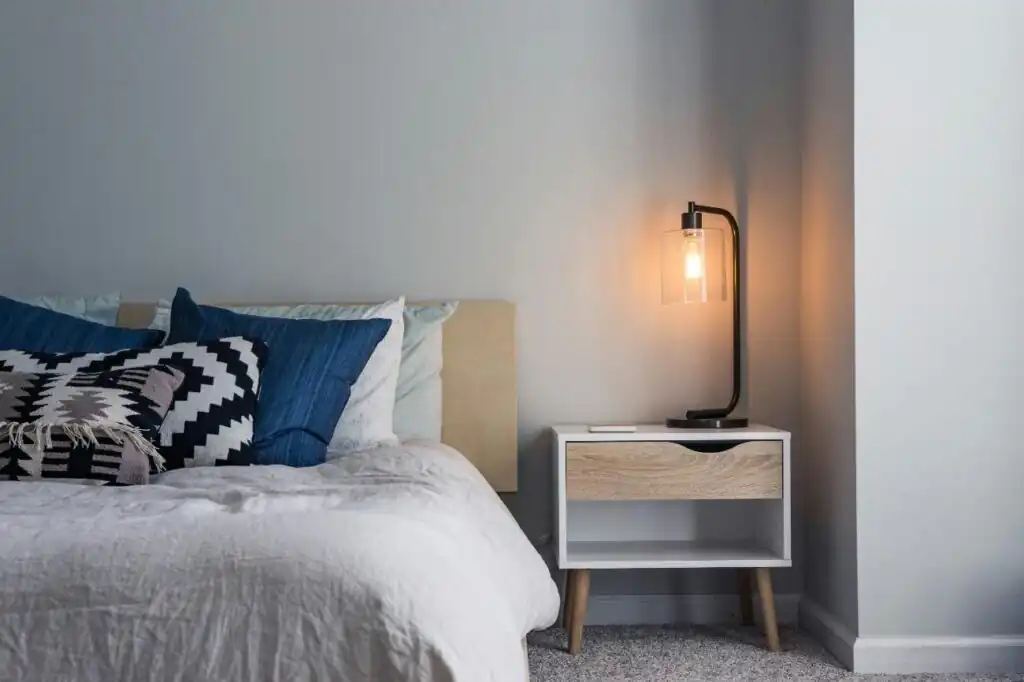
To effectively combat indoor heat, it’s important to consider not just walls and windows, but also fabric products like sofas and textiles.
For optimal cooling, we recommend using linen. Linen’s hollow fibers enhance breathability and allow it to dry quickly, ensuring comfort even if you sweat.
Linen helps release body heat in summer while in winter, the air trapped in its fibers provides insulation, keeping you warm. Linen is a versatile material that promotes comfort year-round, making it an excellent choice for maintaining a pleasant indoor environment throughout the seasons.
Tip #5 for creating a cool room: Incorporate houseplants
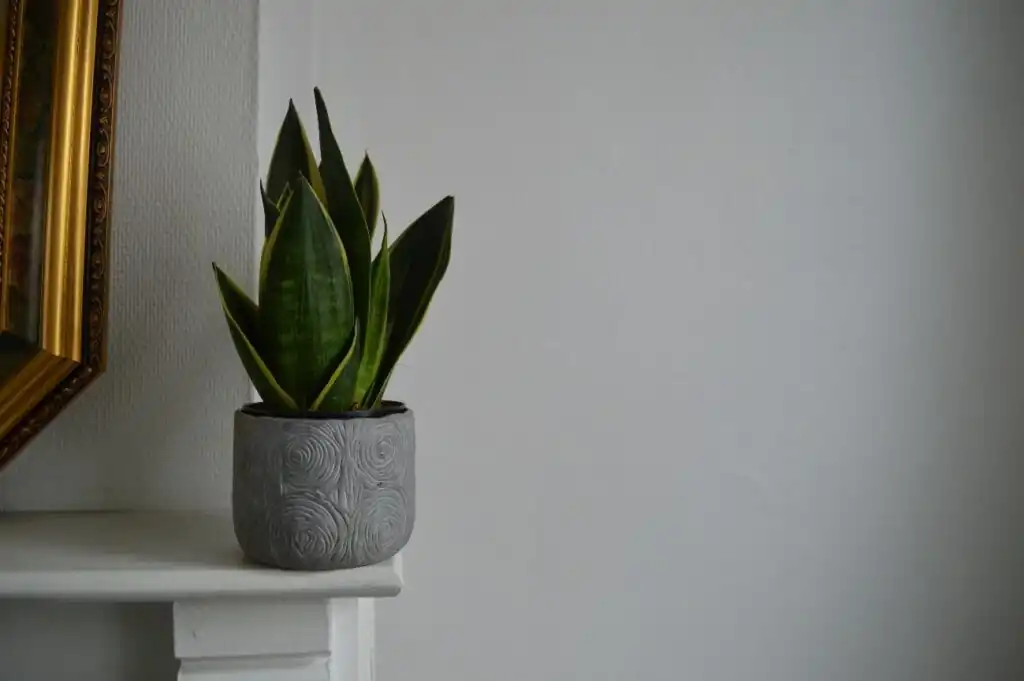
To cool down your room, consider incorporating potted plants. Plants generate water vapor, and as this vapor evaporates, it absorbs heat from the surrounding air, effectively lowering the room temperature. However, many potted plants can be sensitive to heat, so here are some suitable options that thrive indoors and help reduce temperature:
- Ficus Benjamina
Ficus benjamina is a hardy plant with lush foliage that helps maintain indoor humidity and lowers the temperature. Its dense leaves act like a canopy, providing shade to nearby plants. Water it regularly during the summer and place it in a moderately bright spot to ensure it thrives.
- Rubber Tree
Plants with large, numerous leaves such as the rubber plant, release a significant amount of moisture into the air, which can enhance the cooling effect. It absorbs water through its roots and releases it through the leaf stomata. Keep the soil evenly moist by watering gradually. Position the rubber tree in a bright area but avoid direct sunlight.
- Aglaonema
Aglaonema is known for its air-purifying properties and high transpiration rate, which increases local humidity. It comes in various attractive varieties with beautiful leaves. This plant thrives with minimal water and light, making it perfect for shadier areas of your home.
- Palm
Palm leaves have many small pores that absorb carbon dioxide and release oxygen. Their large surface area enhances oxygen production. Palms are not only beautiful to look at, but they also create a tropical atmosphere in the room during summer. For the best results, mist the palm leaves with water once a week to keep them healthy.
- Sansevieria
Sansevieria, or snake plant, stores water in its leaves and releases cool vapor through transpiration. It also produces oxygen so you can feel cool even on tropical nights. It also can remove harmful substances from the air, such as benzene and formaldehyde. Place it in a sunny spot, preferably near a window, to provide the ideal environment for growth.
Tip #6 for creating a cool room: Add accents in cool colors for a refreshing atmosphere
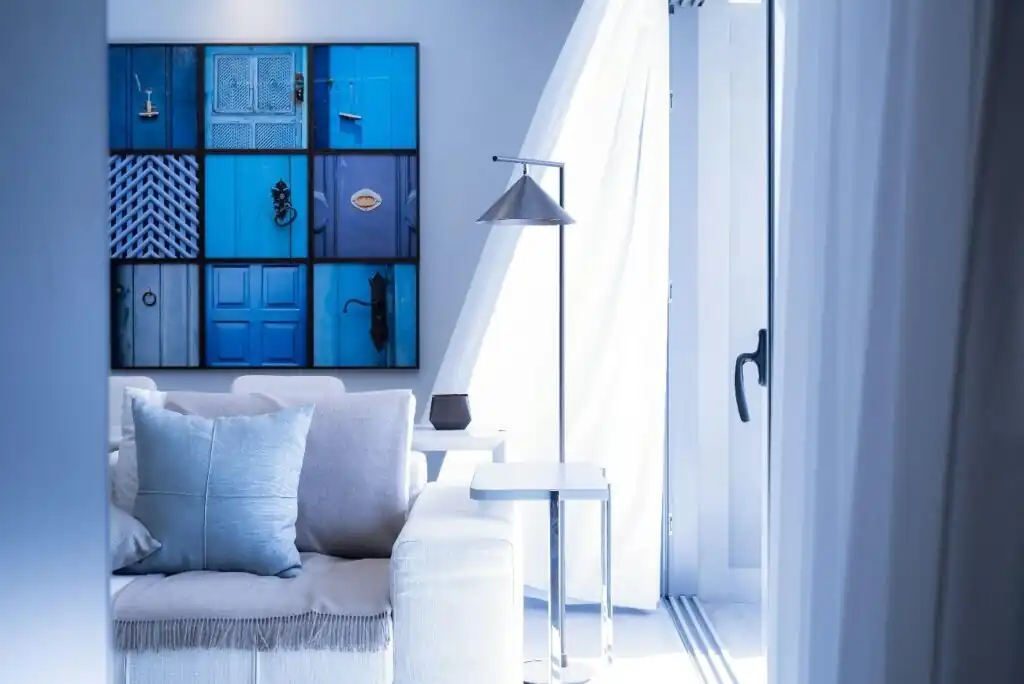
Incorporating cool colors like blue into your interior design is a smart way to create a cooler ambiance. While blue doesn’t lower the actual temperature, it visually conveys a sense of coolness and refreshes the room’s atmosphere. This psychological effect can make your space feel more comfortable and inviting.
You can use various shades of blue with items such as sofa covers, curtains, bedding, and furniture to enhance the overall refreshing vibe in your room.
Village House manages over 1,000 properties across Japan. If you’re considering relocating to a well-ventilated space, don’t hesitate to reach out to us for assistance.
Related articles:
- A Beginner’s Guide to Secondhand Shopping for Your Home
- Apartment Energy Saving Tips
- Best Summer Fireworks Festival Spots
- Top 5 Summer Must-Haves for Your Apartment That Will Improve Your Life
- Essential Prep for the Rainy Season: How to Manage Humidity

Hello, I’m Machiko Doi, a freelance writer who writes about housing and living in Japan.
I live in an 80-year-old house that I inherited from my grandparents along with my two shelter cats and daughter.
We live a relaxed life while repairing the house.
I like to cook vegetables from the garden and fresh fish caught by my father, and enjoy them with cold beer on a hot day or hot sake on a cold day.


